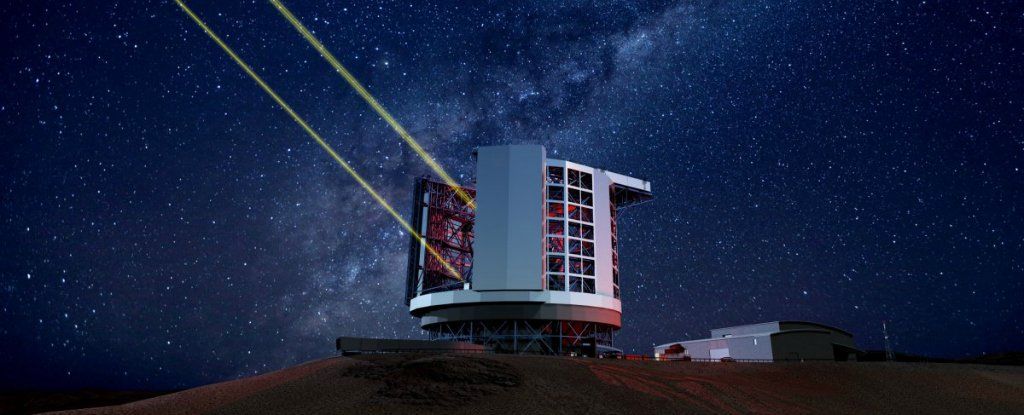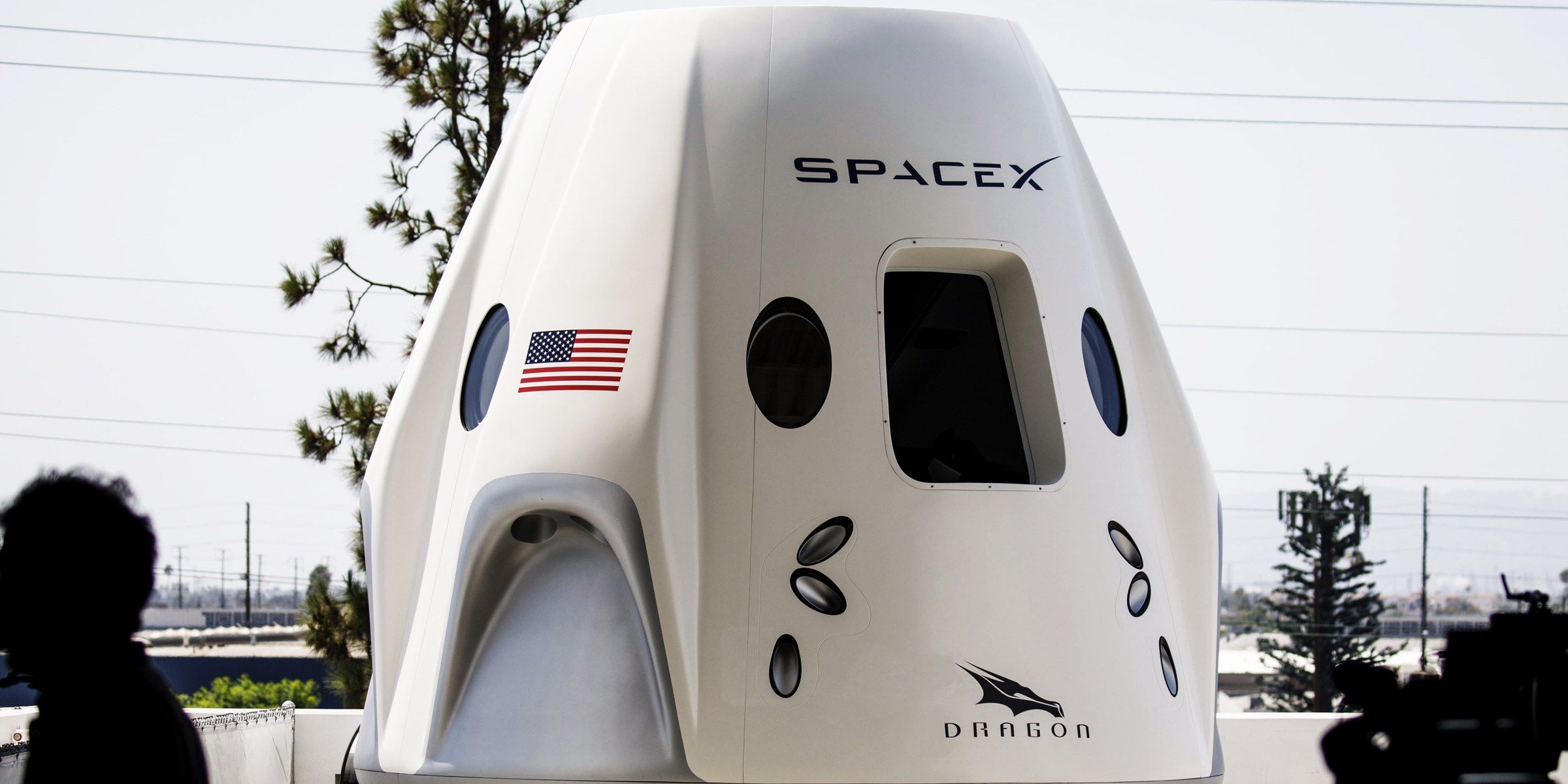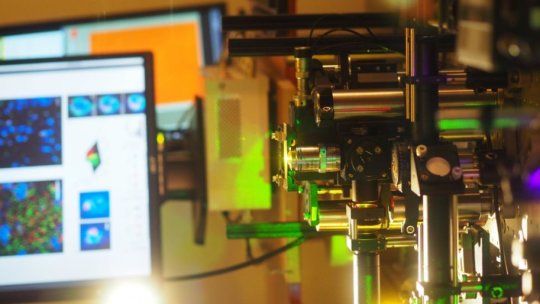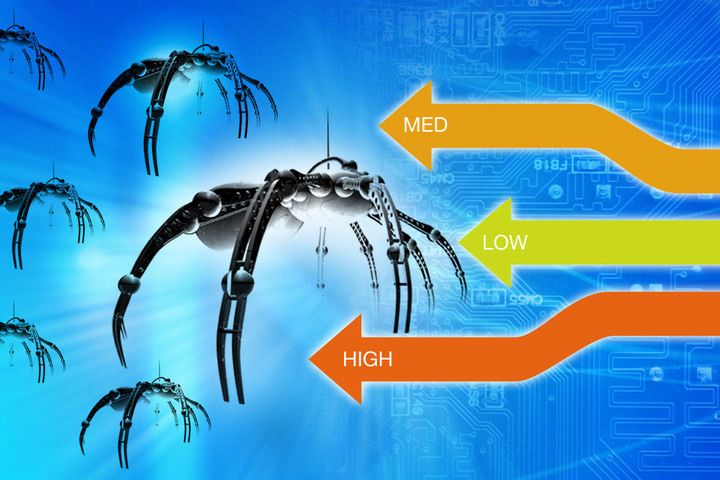The innovative 800-kilowatt wind turbine is an effort to protect the environment and attract tourism.
TILOS, Greece (AP) — When the blades of its 800-kilowatt wind turbine start turning, the small Greek island of Tilos will become the first in the Mediterranean to run exclusively on wind and solar power.
The sea horse-shaped Greek island between Rhodes and Kos has a winter population of 400. But that swells to as many as 3,000 people in the summer, putting an impossible strain on its dilapidated power supply.
This summer, technicians are conducting the final tests on a renewable replacement system that will be fully rolled out later this year. It will allow Tilos to run exclusively on high-tech batteries recharged by a wind turbine and a solar park.




